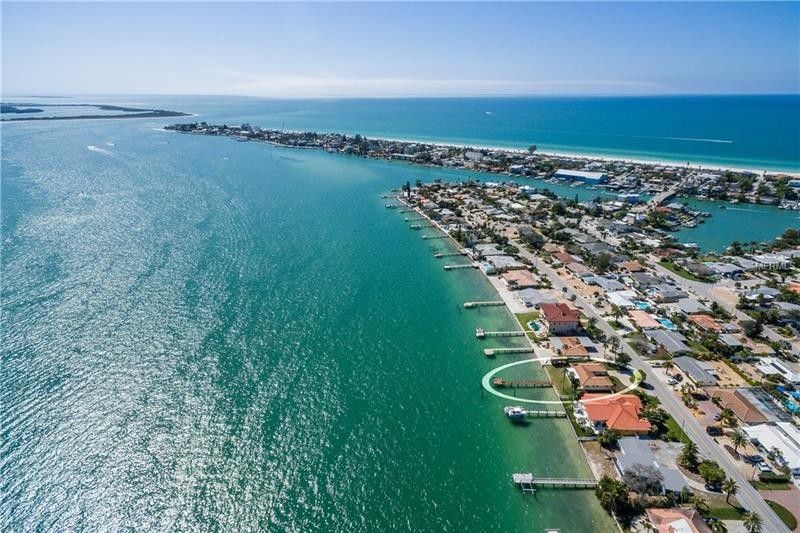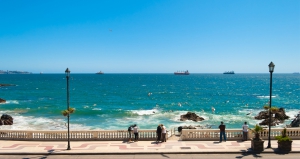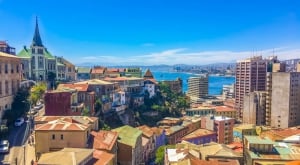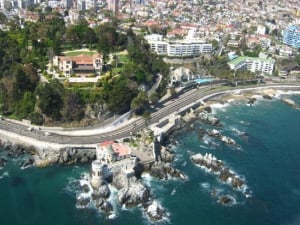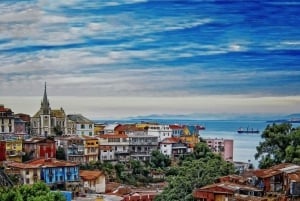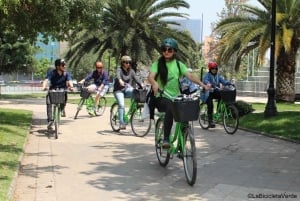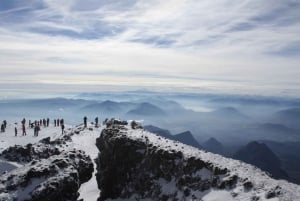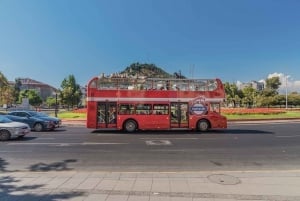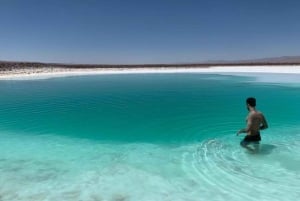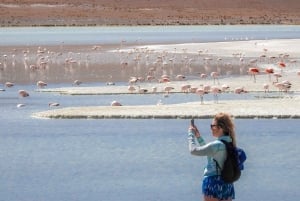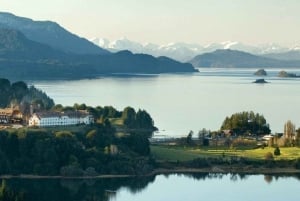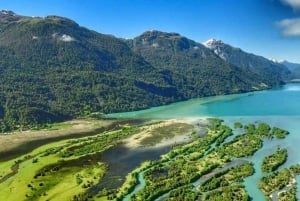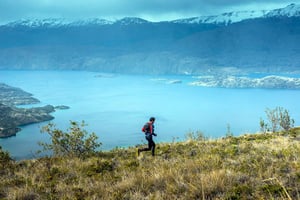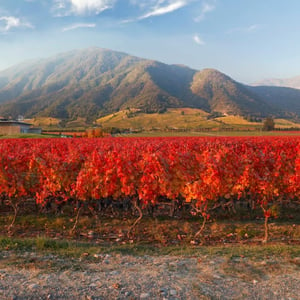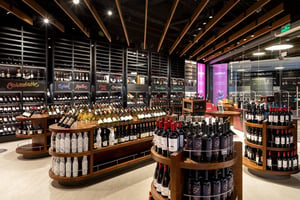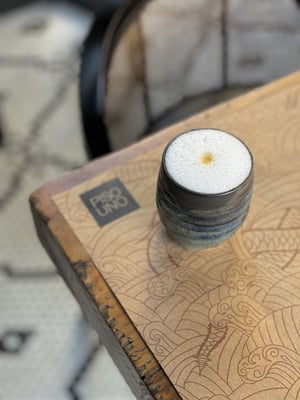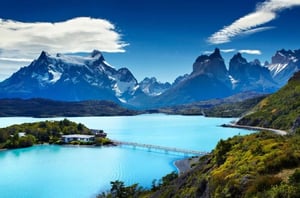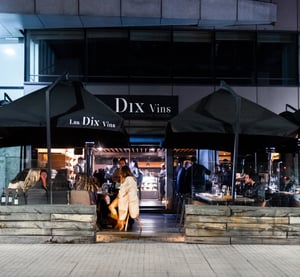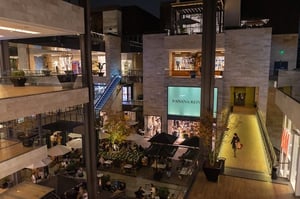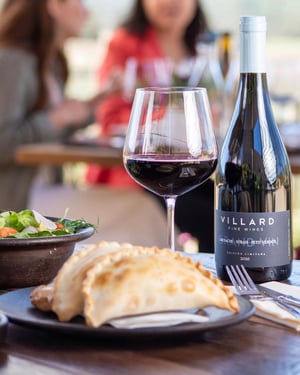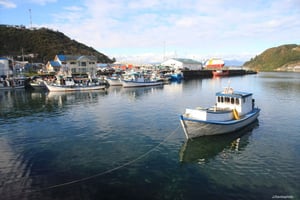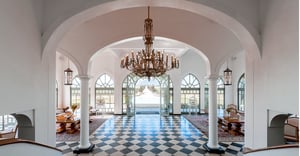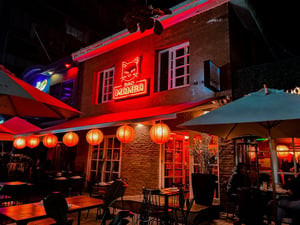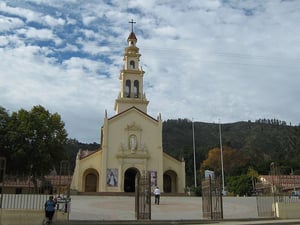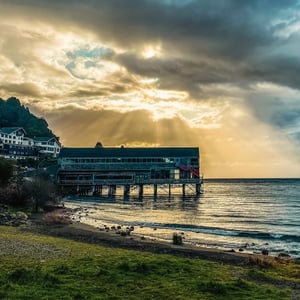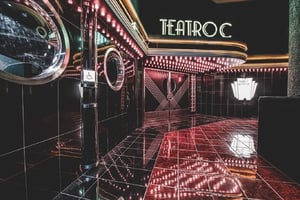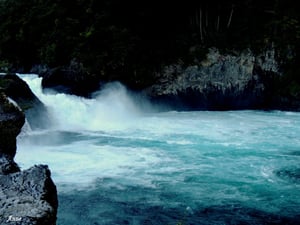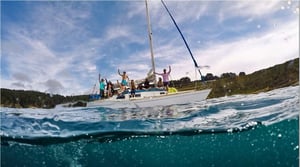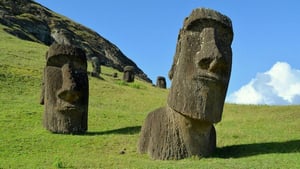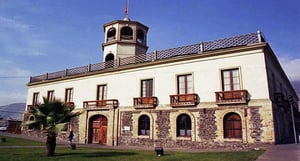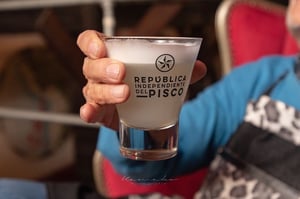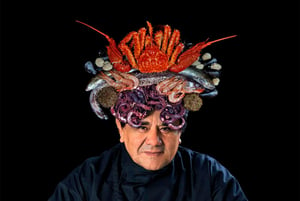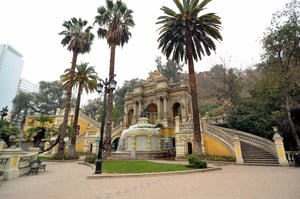Valparaíso de Chile Heritage culture and fun
The date of foundation of Valparaíso de Chile is not known with exactitude, but it is estimated that it was around 1559, when the Spanish conquerors built the church La Matriz. The boom of the port occurred at the beginning of the 19th century: the city became an obligatory stop for the ships that came from the Atlantic and crossed Cape Horn, developing a strong international trade.
Book Top Experiences and Tours in Chile:
If youʻre booking your trip to Chile last minute, we have you covered. Below are some of the top tours and experiences!- From Santiago: Highlights of Valparaiso and Viña del Mar
- Santiago: Markets Bike Tour
- Pucón: Villarrica Volcano Climb
- Santiago: 2-Day Hop-On Hop-Off Bus Ticket and Cable Car
- San Pedro Atacama: Baltinache Lagoons
The Port of Valparaiso neighborhood is inserted between the squares Sotomayor and Wheelright and corresponds to one of the oldest sectors of the city, which was the epicenter of the economic and political activity of the port during the nineteenth century. Meet the neighborhood that witnessed the apogee of the "Joya del Pacifico" in a trolleybus, the electric transport that has been operating since the 1940s. Although today, Barrio Puerto is a deteriorated sector, traditional local and constructions leave the mark of a great spent in it that are part of the history of Valparaíso de Chile.
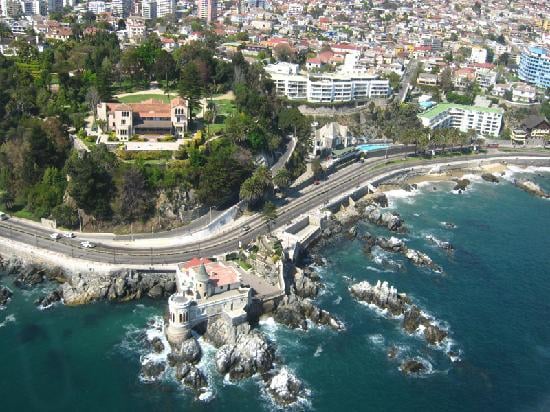
The city moves away from the mold of a classical city: due to the saturation of the area adjacent to the coast known as the "Valparaíso plan", houses of varied architectural styles began to be projected on the hills, which defy gravity and invite visitors to know Valparaíso of Chile from the heights thanks to its stairs, passages, and funicular historical. This means of transport began to be used in 1883 to efficiently connect the inhabitants of the hills with the plan. Some of them remain in use and continue to be the preferred means of transport for the locals, a unique experience for visitors. You can climb the funnels Polanco, Artillery, Queen Victoria, El Peral, Concepcion, among others. Already on the heights, you can visit some viewpoints to have access to the best views of the coastline and monuments such as the Turri clock tower. The best known are the Atkinson, the Yugoslavian, the Gervasoni, the Dimalow, and the 21st of May. In them, you will find squares and seats to rest, galleries, museums, boutique hotels, and artists that sell their works and souvenirs of Valparaíso de Chile.
Known as one of the street art capitals of South America, there are practically no walls in Valparaíso that have not been intervened by national and international artists. In Cerro Bellavista, you will find the Open-Air Museum, a collection of twenty murals dating from 1992. Painted in the foothills of the hill, important artists such as Roberto Matta left their mark. In the Alegre and Concepción hills, you will find art on every corner, as well as small cafés, bars, boutique hotels, and cultural life. Lose yourself in the Gálvez and Templeman passages, have a coffee in Almirante Montt street, and take all the photos you want from the Dimalow promenade and in the hundreds of artistic interventions that will surprise you in every corner.
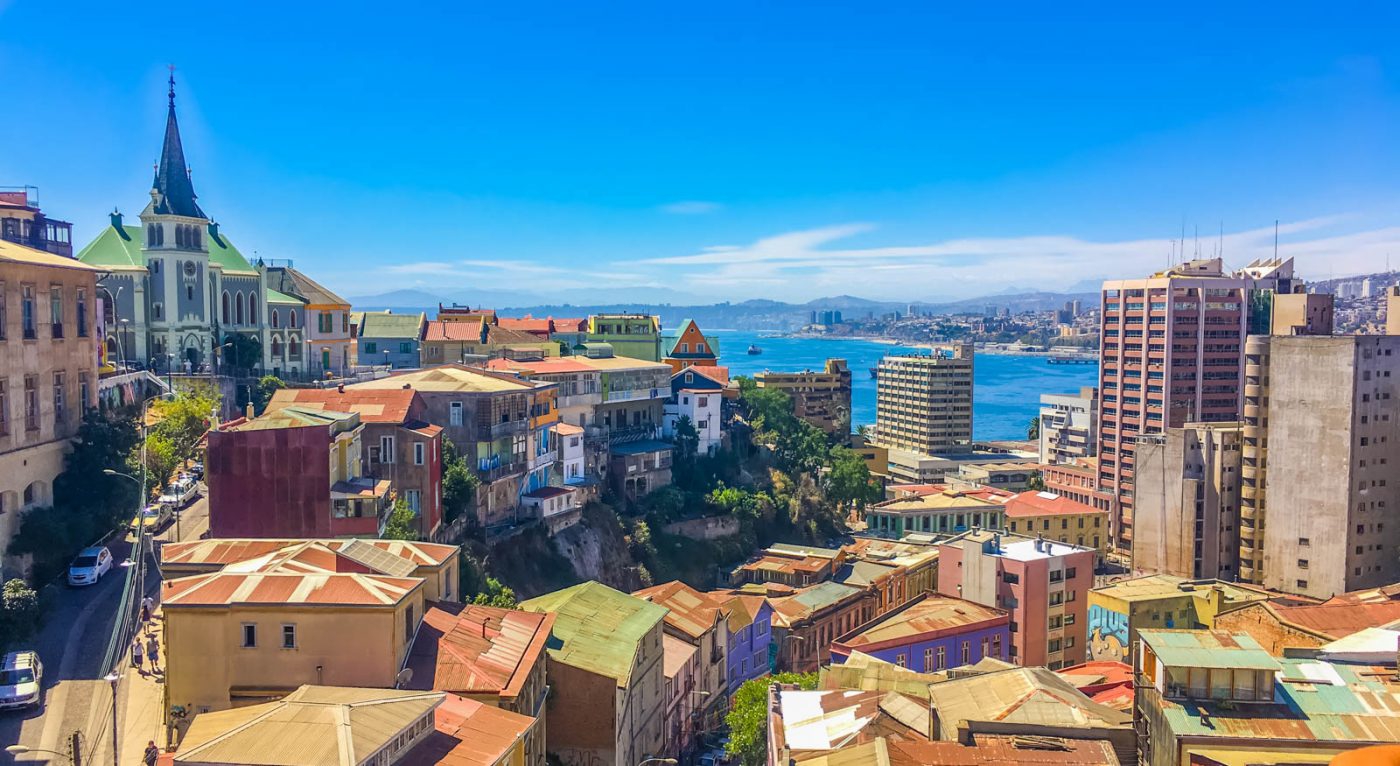
La Sebastiana House Museum Pablo Neruda was looking for a house to escape from the bustle of the big city to write in peace and found it in Cerro Florida. The museum house La Sebastiana stands out for the beauty of its construction and its magnificent view of the harbor bay. Here a series of objects of the poet is conserved, like old maps, paintings, and some curious pieces. Port Bohemia Valparaíso de Chile is known for its great artistic and bohemian scene, where students, foreigners, painters, poets, and writers gather, inspired by the port and its secrets. At night you can visit classics such as the Cinzano bar next to the Aníbal Pinto square, enjoy live music at Piedra Feliz, or go dancing at the La Playa bar, the oldest in the port
What to do in Viña del Mar?
Viña del Mar, also known as the Garden City, is only 10 kilometers from Valparaíso de Chile. With wide beaches, entertaining nightlife, and a lot of attractions to know, Viña deserves your attention. Very visited by Argentines during the summer and by people from Santiago looking for a weekend getaway, Viña del Mar offers a completely different vibe to its neighboring city. Projected from the beginning as the first spa town in Chile, the Garden City began its development in the 20th century.
During this time, works of vital importance were built, such as the Municipal Theater, the Municipal Casino, the classic Hotel O'Higgins, and the paving of the road to Concón. Green areas and beaches Viña del Mar has various spaces suitable for different cultural and sports activities that congregate visitors throughout the year. Among them is the Quinta Vergara Park, where the Viña del Mar International Song Festival is held every February. However, the neo-Gothic palace of the Quinta Vergara is the true star of the show. Surrounded by immaculate gardens, it is the epitome of the old world's opulence.

The littoral of the Garden City has more than a dozen beaches, among which Reñaca stands out as the city's main spa, where the youngest congregate during the warmer months. Besides, along the coast, you can find fine haute cuisine restaurants to ceviche stands to taste the delights of Viña del Mar.
Nightlife
While in Chile's Valparaíso the night is of the Bohemians, in Viña it is one of those who love good living. Bars, casinos, clubs, and hotel chains are part of the offer of this coastal city, just make sure you wear your best suit. Architecture: palaces and museums of Viña del Mar Despite being a modern city of the first level, Viña del Mar is home to amazing architectural monuments that evoke vivid images of the golden age of the early twentieth century.
Among them, you can visit the magnificent Palacio Vergara, the Rioja Palace Museum of French neoclassical style, and the presidential summer palace of Cerro Castillo. The Museum of Fine Arts and the Francisco Fonck Museum is also a must. One of the most emblematic and impressive constructions of Viña is the Wulff Castle, which watches over the sea from the rocks located between the estuary of the Marga-Marga Estuary and the Caleta Abarca. At present, the castle is assigned to cultural purposes and since 1995 it is a National Monument in the category of Historical Monuments.
Sandboarding and empanadas in Concón One of the best-kept secrets of the locals are the dunes of Concón. Located in the coastal road that connects Viña del Mar and Concón, the area where the dunes are located, also known as Campo Dunar, was declared a National Monument in the category of Nature Sanctuary in 1993. Climbing to the top is exhausting, but it has its reward: from there you can see the coast, do activities such as walks and sandboarding and take wonderful sunset photos. And to recover your strength, you can not leave the Valparaíso Region without trying one of the delights of the area: Concón empanadas. They consist of a dough stuffed with plenty of cheese and shrimp or machas or other seafood. Safety pin! but you can also taste ceviche and seafood. Now that you know what to do in Valparaíso de Chile and Viña del Mar, take advantage of and visit the attractions of the two most tourist cities in Chile.


